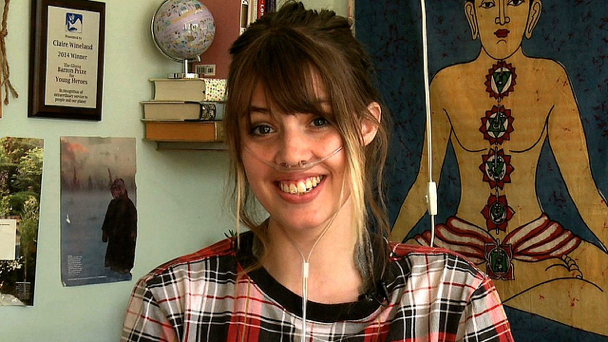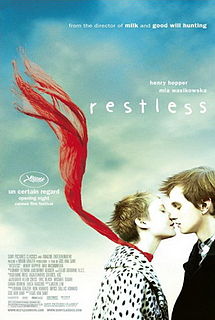Katie Cooper
There are just somethings that we do not like to talk about. Like how often you wear the same pair of socks, or how you take phone calls while sitting on the toilet, or how we all are dying. Talking about death is not the most comfortable point of conversation. It is so much a problem that there are millions of books, arties, and movies on just talking about death. While these might be very helpful, they also seem to leave us wondering about the little things. Like what is dying like?
This is where Claire and The Clairity Project come in. Claire Wineland is an 18-year-old girl with Cystic Fibrosis. Cystic Fibrosis is a genetic disease that causes a thick buildup of mucus in the lungs, pancreas, and other organs. It clogs up airways, traps in bacteria leading to infection, and prevents the body to function correctly. Throughout her entire life Claire has been told that she is going to die. It has become a normalized facet of her everyday life. About 2 years ago she started making YouTube videos to share her personal story of living with a terminal illness and coping with dying. Her witty and lively personality shines through when she talks about that it is like to be dying. The way she talks about the subject of dying goes against the hush-hush nature of most conversations of death.
I find Claire and her openness as a refreshing change and someone I can relate to. Growing up my dad was diagnosed with an acute chronic case of pancreatitis. He has been hospitalized more time than I can count and almost died a few times. I and my family have normalized the entire process to the point where we can make jokes. To many people making jokes about death may seem completely wrong. Yet, I see it as a way of being about to openly accept dying. I think the way that Claire can openly talk about her illness and dying is a way of accepting death. She is showing others that it is ok to talk about death and being sick. These topics do not need to be such a taboo.
Videos to check out:
- My Life Expectancy https://www.youtube.com/watch?v=mHfKs6n-mOo&t=1s
- What It’s Like to Be in A Coma https://www.youtube.com/watch?v=xrT9XRyDDaE&t=90s
Citations:
The Clairity Project 2015, My Life Expectancy, YouTube video. Available from: https://www.youtube.com/watch?v=mHfKs6n-mOo&t=1s
The Clairity Project 2015, What’s It’s Like To Be In A Coma, YouTube video. Available from: https://www.youtube.com/watch?v=xrT9XRyDDaE&t=90s
Wineland, Claire. The Clairity Project, Facebook Page. Available from: https://www.facebook.com/ClairityProject/








